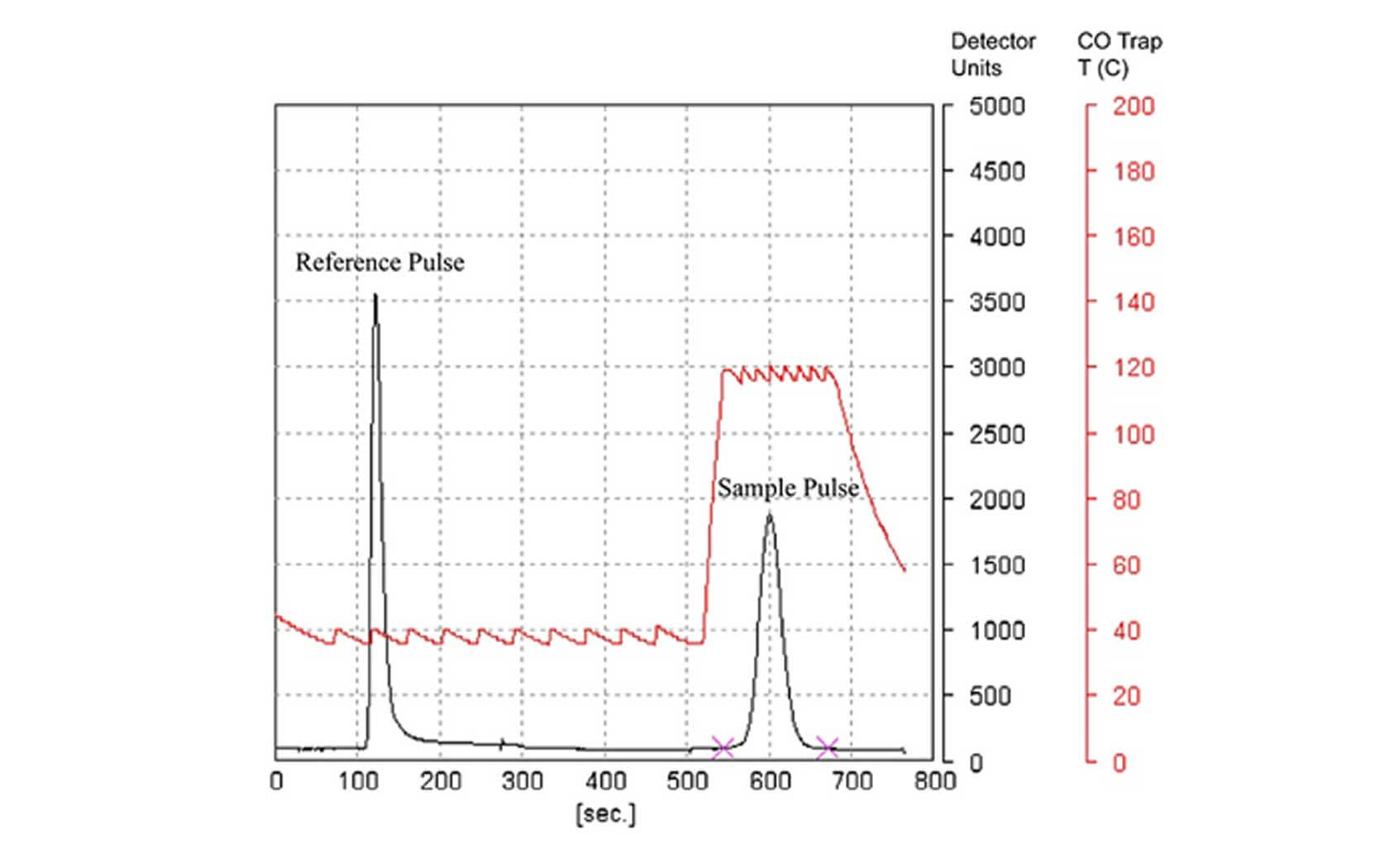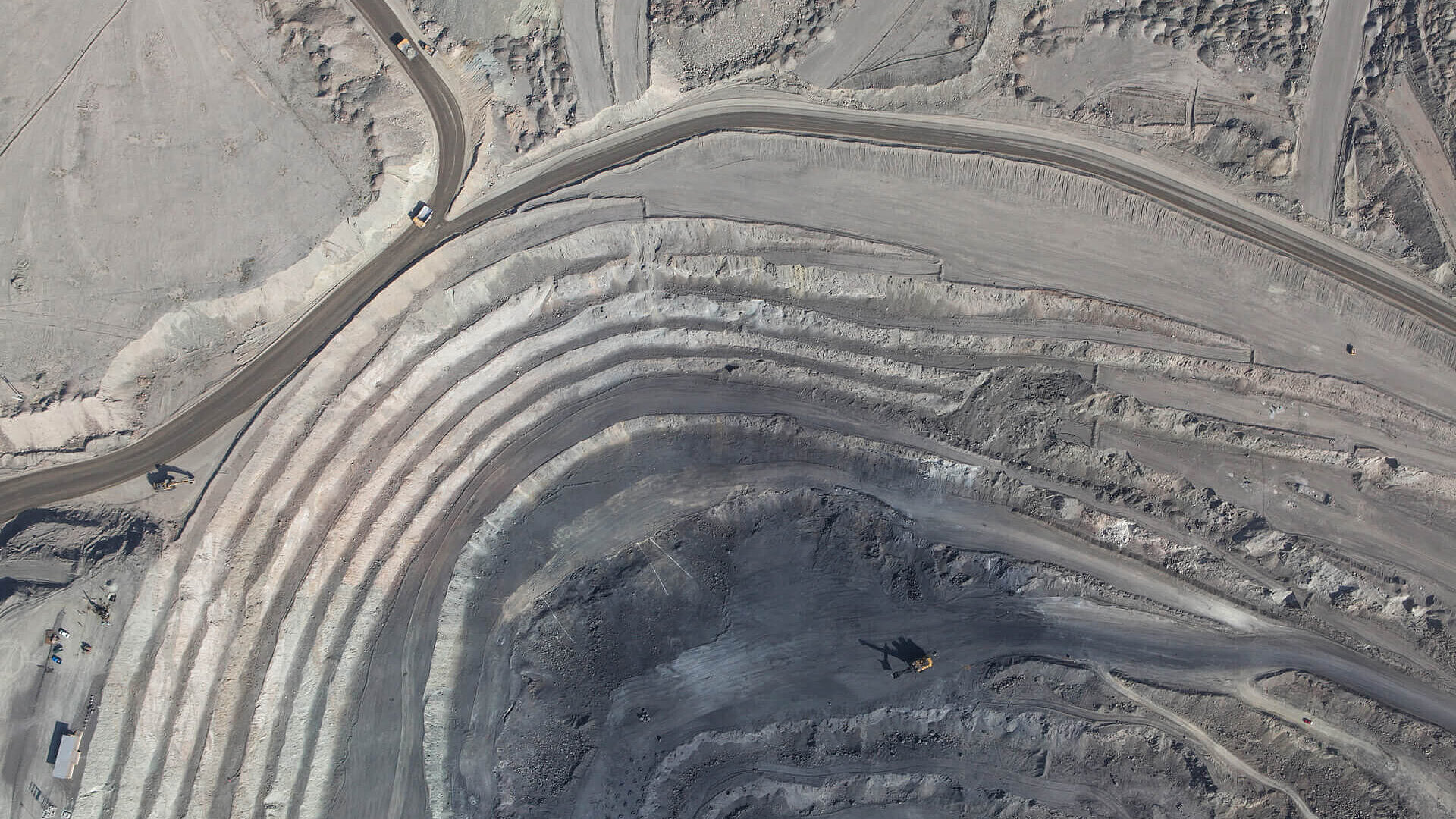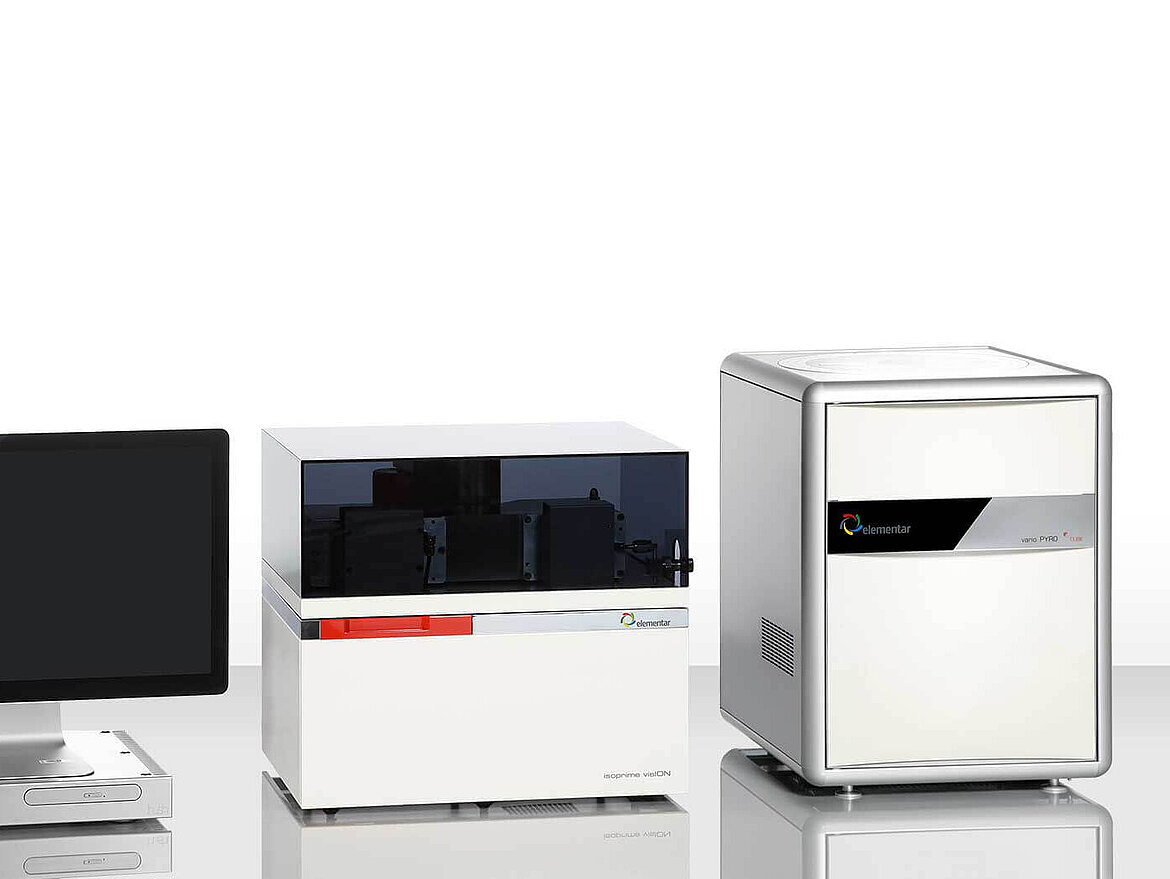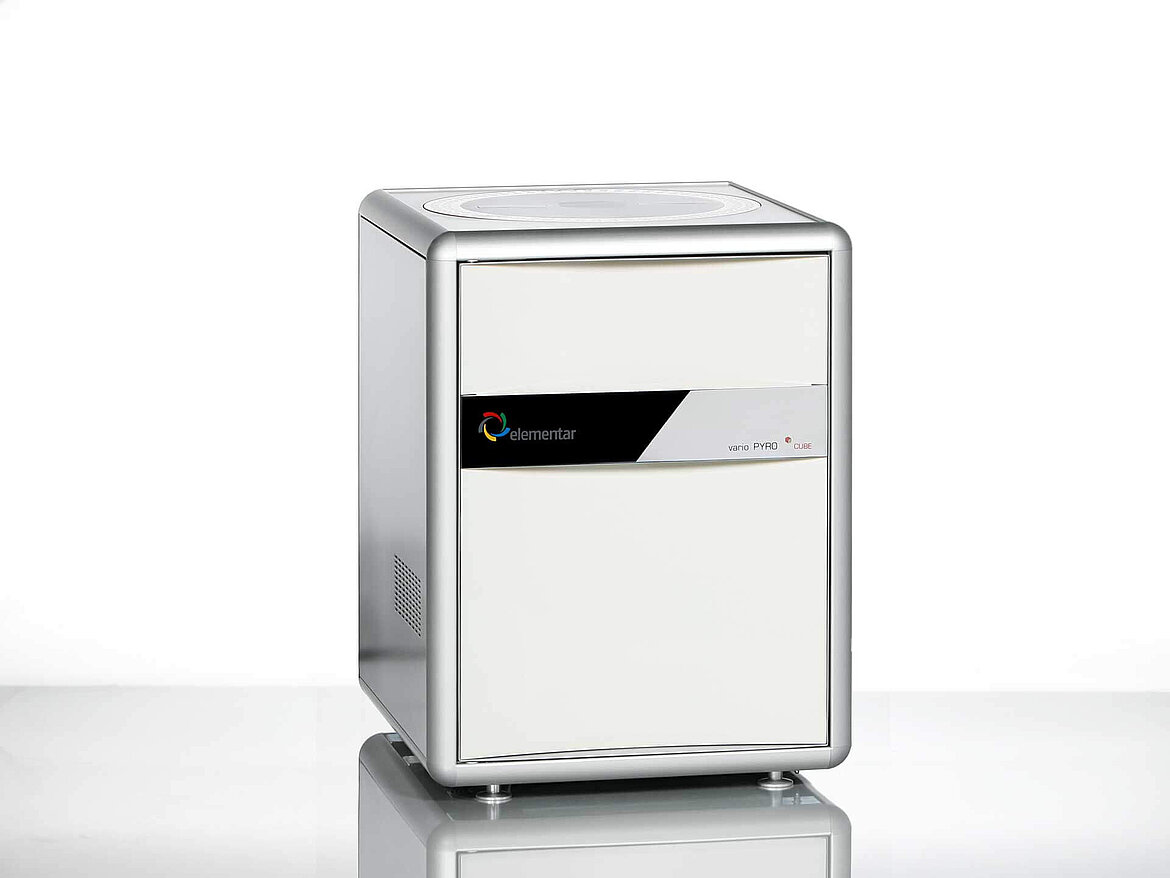Oxygen isotope analyses of biogenic opal and quartz using a novel microfluorination technique
Anthony J. Menicucci1, Joy A. Matthews2 and Howard J. Spero1
1Department of Geology and Stable Isotope Laboratory, University of California, Davis, Davis, CA 95616, USA
2Stable Isotope Facility, Department of Plant Sciences, University of California, Davis, Davis, CA 95616, USA
Oxygen isotope analyses on carbonate-based microfossils (e.g., coccolithophores/foraminifera) is commonplace in paleoclimate research and aims to reconstruct past environments. However, there are areas such as high latitude marine systems and continental limnetic environments where carbonate-based microfossils are rare and the dominant microfossils are silicate-based (e.g., diatoms). High precision oxygen isotope analysis on silicates is difficult due to the strong Si-O-Si bonds being problematic to break. Breaking Si-O-Si bonds usually requires the use of hazardous fluorine compounds, specialized vacuum lines or lasers or combustion in an ultra-high temperature furnace. These techniques increase both cost and risk so are not widespread across laboratories limiting current research. A new microfluorination technique capitalizes on the unique features of Elementar’s vario PYRO cube® elemental analyzer allowing relatively simple, high precision oxygen isotope analysis of silicate material without the use of hazardous chemicals or highly specialist equipment.
Samples are first dehydroxylated/dehydrated under vacuum at 1,060 °C, then mixed with polytetrafluoroethylene (PTFE) powder and graphite in silver foil capsules. Samples were loaded into the vario PYRO cube’s heated sample tray to further reduce any re-hydroxylation of the biogenic silica. The new microfluorination method takes advantage of the unique Advanced Purge & Trap chromatography functionality of the vario PYRO cube, our high temperature pyrolysis (up to 1,500 °C) EA-IRMS system for reacting samples in a glassy carbon reaction tube to produce CO for 18O analysis. The method utilizes the patented backflush technology of the vario PYRO cube to reduce the inherent CO blank found in high temperature elemental analysis. Blank reduction further increases the precision of the measurements allowing high quality data sets to be produced. Silicate sample yields were ≥88 % from 400 µg samples with accuracy comparing favorably with current techniques.
This new technique could greatly increase the number laboratories producing silicate oxygen isotope data due to ease of use compared to original methodologies. This method represents a leap forward in making silicate oxygen isotope analysis available to the wider research community and expands the climate research potential in understudied regions.
Please find full paper here: https://doi.org/10.1002/rcm.6642



